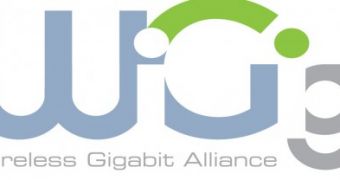Technology standards often have a consortium of companies backing them, and it looks like the one behind wireless connectivity has just made a step forward by releasing the 1.1 version of the WiGig Bus Extension Specification for I/O Applications.
Wireless connectivity has become something of a necessity in today's time, what with WiFi, Bluetooth and 3G / 4G technologies getting so widespread.
In fact, wireless technologies are used for more than just web connectivity, since even component interconnection is often made thus.
Wireless mice and keyboards, or other peripherals, plus audio headsets or speakers are just a few examples.
As such, it makes sense that the WiGig Alliance would do its best to advance the wireless protocol specification as quickly as possible.
Turns out that the v1.1 specification of the WiGig Bus Extension and WiGig Serial Extension protocol has been finalized.
What's more, thanks to a partnership with HDMI Licensing LLC, wireless HDMI is now part of said specification, as became DisplayPort before it.
"We are marching toward enabling the fastest wireless technology for practical applications such as Wireless Docking, Wireless Display and Wireless Networking," said Dr. Ali Sadri, WiGig Alliance president and chairman.
"Our continued diligence in the MAC-PHY specification development process and collaboration with the Wi-Fi Alliance to build an interoperable multi-gigabit wireless solution based on our latest specification will soon provide an unprecedented user experience that changes people's lives."
WiGi display adapters will start showing up around the end of the ongoing year (2011) so users wishing for cable-less home multimedia havens will have to wait a while.
"WiGig is approaching fruition and advancing quickly toward enabling WiGig-based products," said Filomena Berardi, Market Research Analyst, IMS Research.
"By providing consumers a comprehensive wireless solution designed for a diverse set of applications at multi-gigabit speeds, WiGig is delivering technology that will shape the future of 60 GHz."

 14 DAY TRIAL //
14 DAY TRIAL //